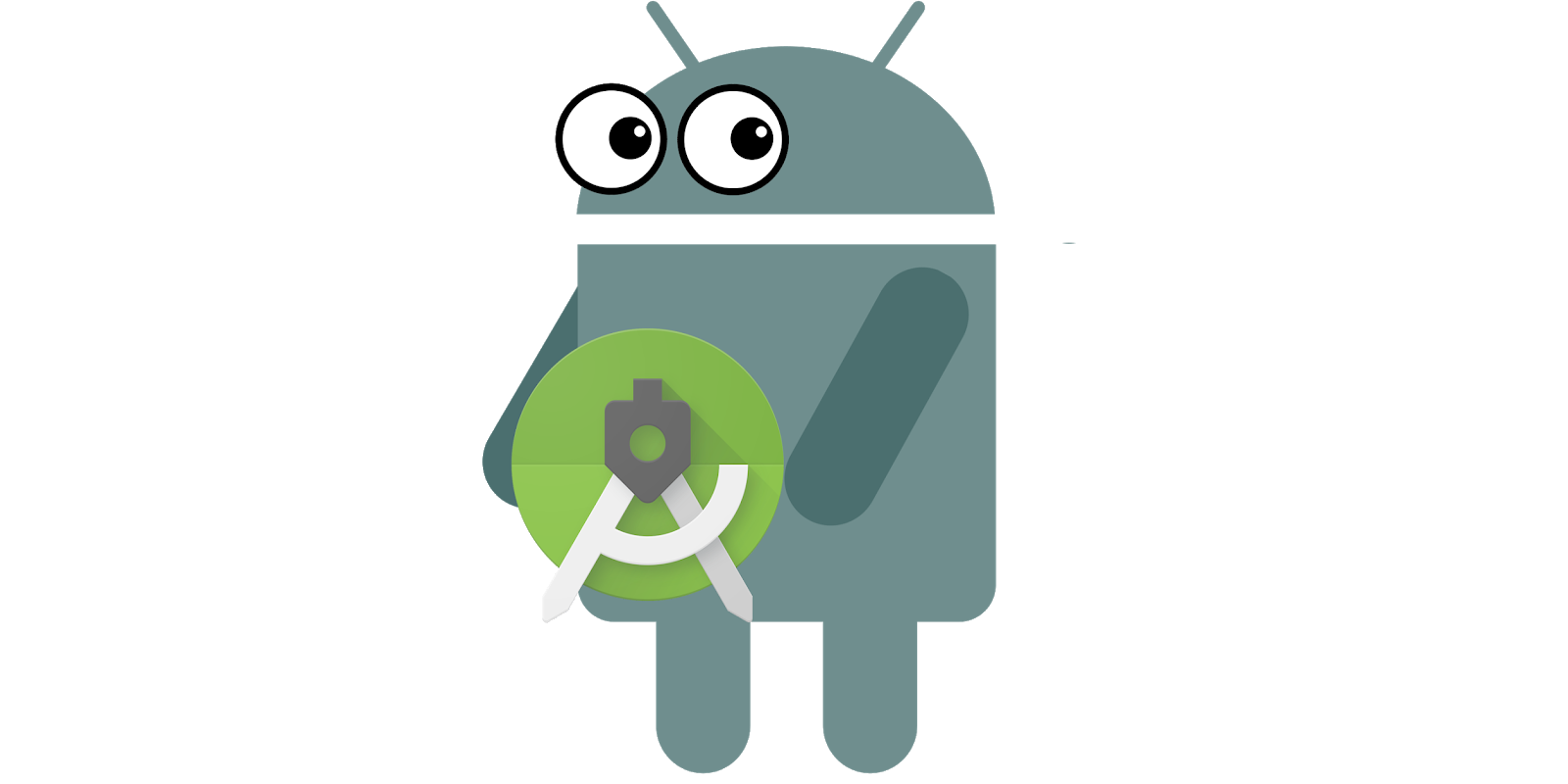
- ANDROID STUDIO ADB EMULATOR APK
- ANDROID STUDIO ADB EMULATOR ANDROID
- ANDROID STUDIO ADB EMULATOR CODE
Please note that this change will not be permanent and you will have to do this operation every time you run the emulator. $ adb devicesĪndroid Console: type 'help' for a list of commands You can get this information using the *adb devices* command. You will need the name and port of your emulator. Once the emulator is launched, connect to you device using the *telnet* command. If you launch the emulator from Titanium Studio, it will default to the original settings. Note: You must launch the emulator this way every time.
ANDROID STUDIO ADB EMULATOR ANDROID
Step 1 :- Enable Android Debug Bridge (ADB) in BlueStacks :- Go to Settings / Preferences and Scroll Down to last and you find the ADB option.

The most up-to-date version is available in the wiki.

ANDROID STUDIO ADB EMULATOR CODE
Point to source code and set breakpoints.Editor’s note: This blog post is a basic tutorial. md Last active Star 2 Fork 1 Star Code Revisions 7 Stars 2 Forks 1 Embed What would you like to do Embed.
ANDROID STUDIO ADB EMULATOR APK
The emulator and process should be listed. hwd6190128 / Setup & install apk by adb on MAC Android Studio. In Android Studio menu options, select Run > Attach debugger. By the way, you may check devices current status by using adb. You will need to re-run the set debug each time (or use -persistent option). And you are right that you have to use another shell instance to send commands to your device.

You will get a popup that the app is waiting for a debug to attach. Run adb shell am set-debug-app -w .samples.masterdetail. Set the app to debug at startup (note the -w) Debug with ADB commandsįollow these steps to debug using ADB commands: You can also simulate app spanning and other gestures as part of UI Testing.

The time is important because if you drag too fast, the app is “flung” to the other screen rather than spanned. The first four values are the start and end coordinates of the drag gesture, and the final value is elapsed time (milliseconds). You can simulate this gesture with ADB, using the following command: adb shell input touchscreen swipe 675 1780 1350 1500 3000 These screenshots illustrate the process of spanning by grabbing the handle at the bottom of the window, and dragging it towards the hinge until the span indicator covers both screens:


 0 kommentar(er)
0 kommentar(er)
